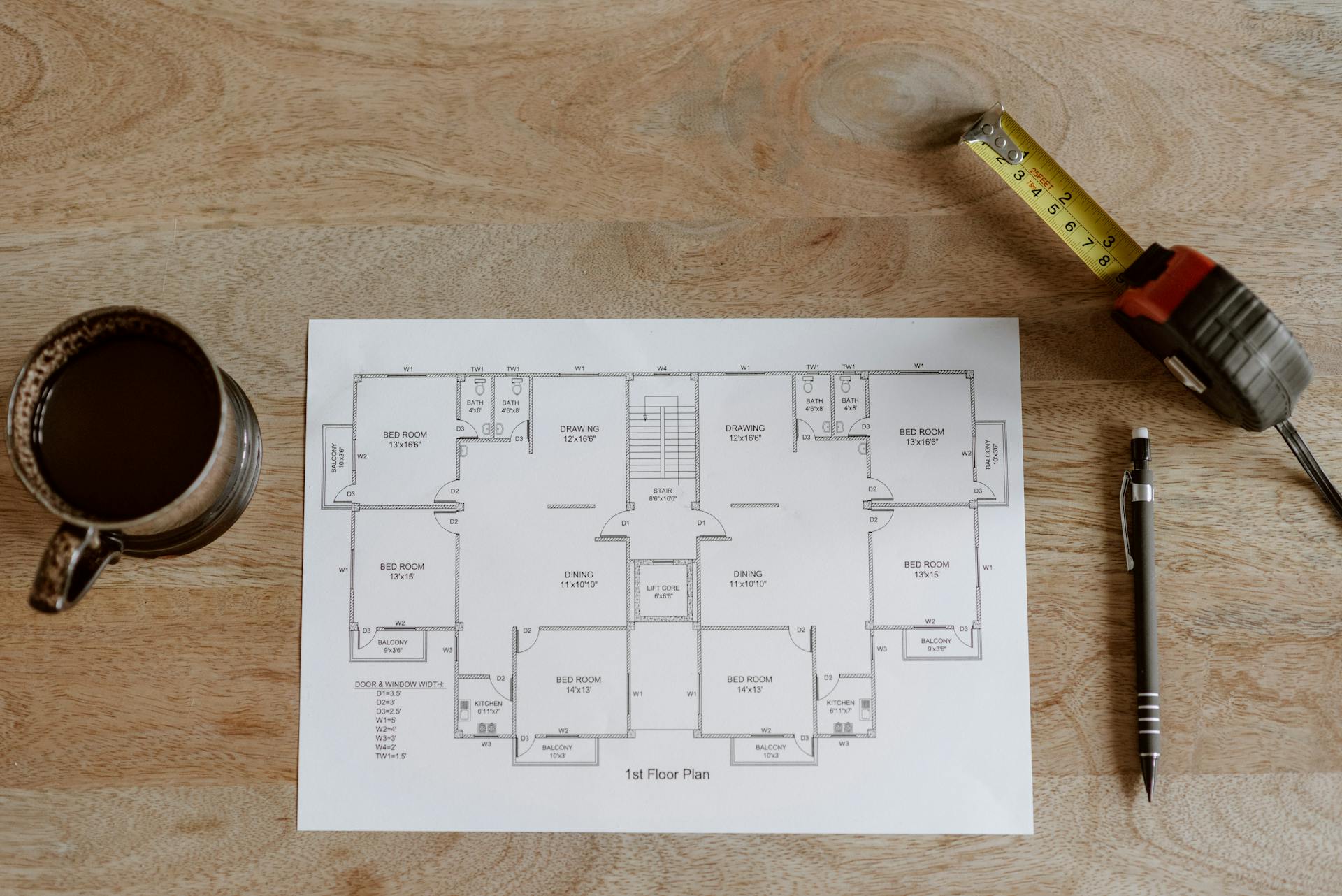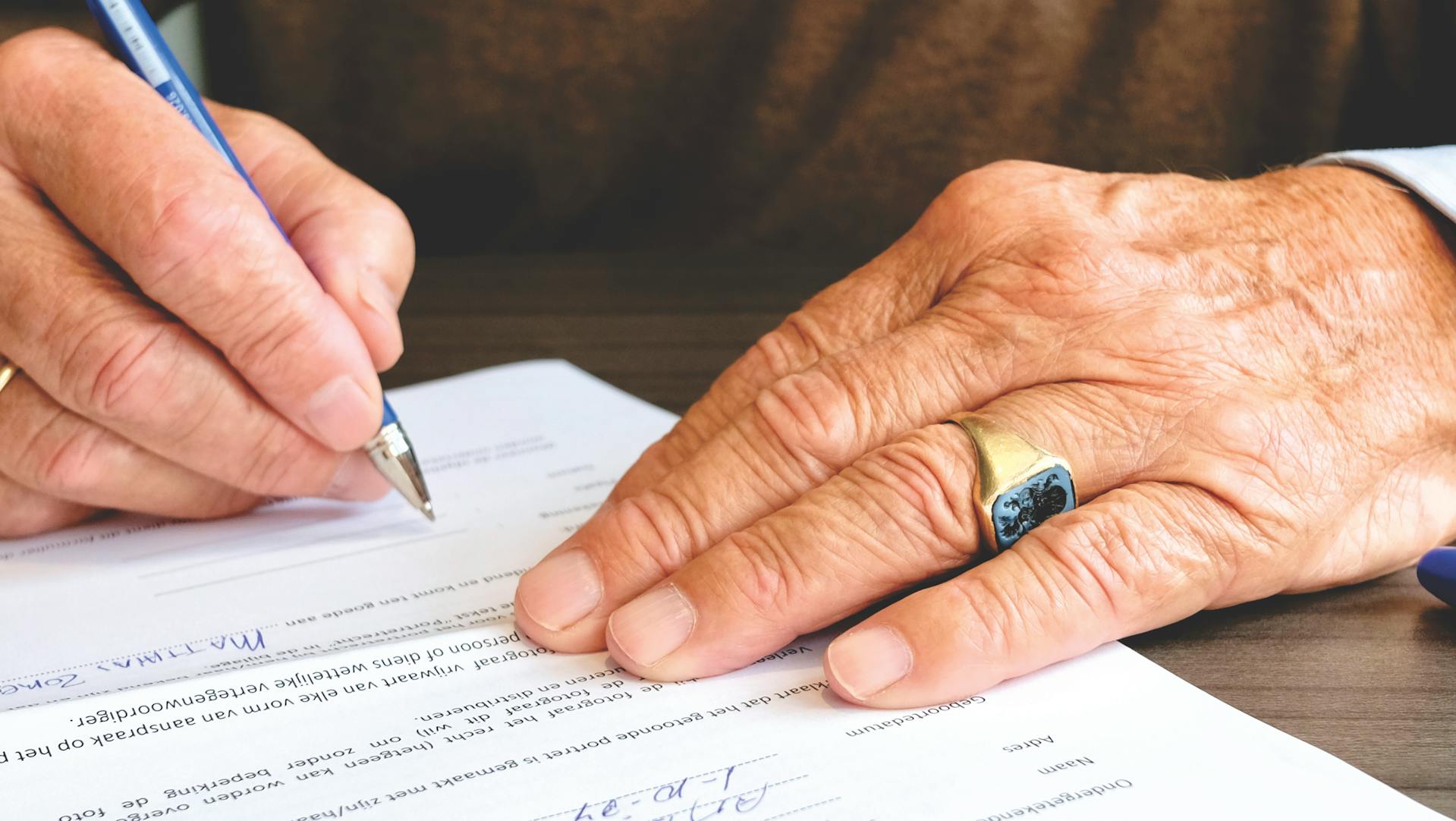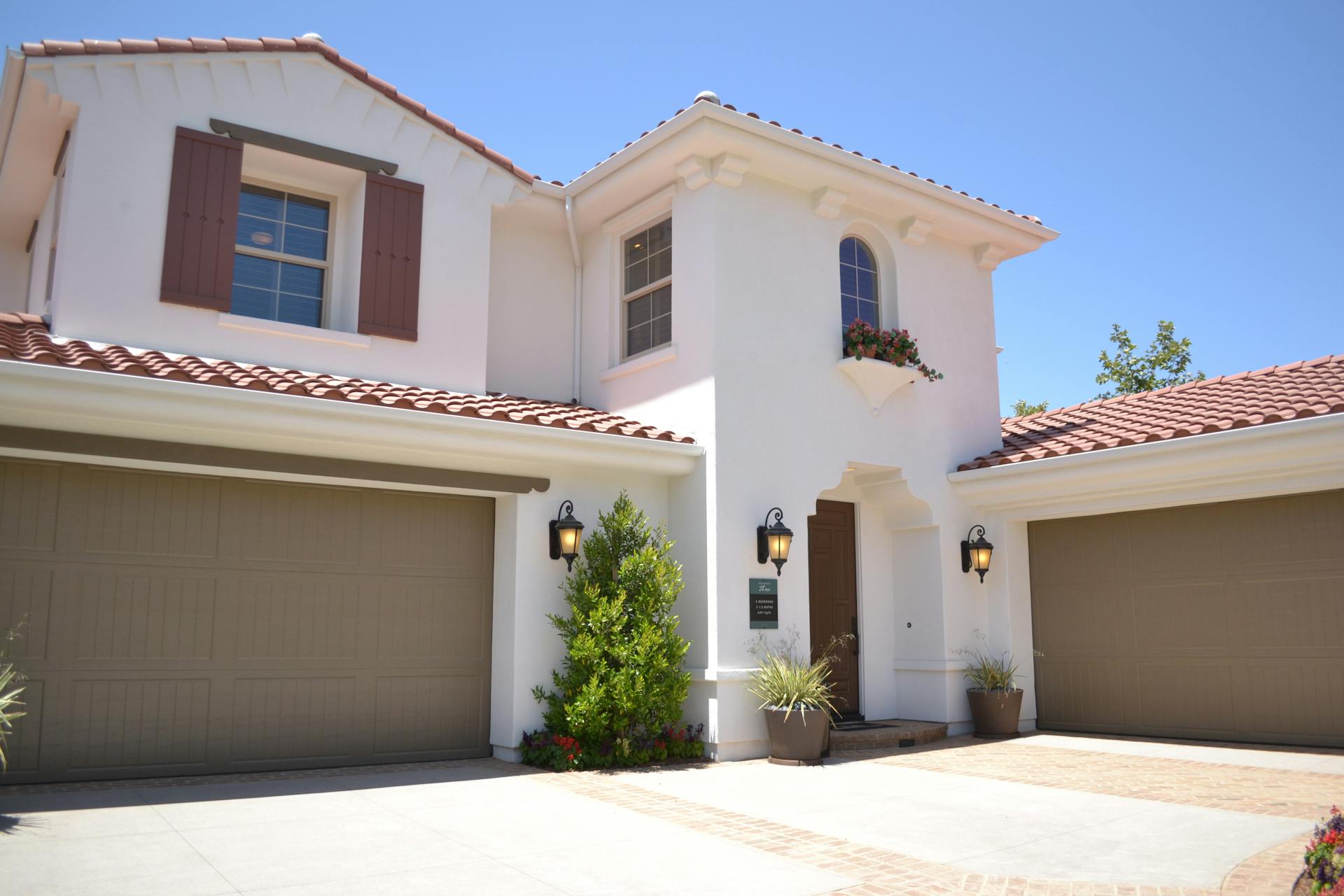Selling Your House? Make Sure You Measure Carefully!
When preparing to sell your home, there are many factors to consider to ensure a successful transaction. One critical aspect that often gets overlooked is the accurate representation of your home’s square footage.
Square footage is not just a number; it is a key metric that influences buyers’ perceptions, affects pricing, and can significantly impact the overall sale process.
In this RESayle guide, we will delve into the importance of accurate square footage in home listings and why you should prioritize this detail when selling your home.
Understanding Square Footage
Square footage refers to the total area of the interior of a home, usually measured in square feet. It typically includes all the livable space, such as bedrooms, bathrooms, kitchens, and living rooms.
However, the definition of what constitutes livable space can vary. For example, finished basements, attics, and garages might not always be included in the square footage calculation. Therefore, it’s crucial to understand how square footage is determined and what standards are used in your area.
Why Accurate Square Footage Matters
1. Influences Market Value
One of the primary reasons accurate square footage is crucial is because it directly impacts your home’s market value. Real estate agents and appraisers use square footage to compare similar properties and establish a fair market price.
Overstating or understating this figure can lead to pricing errors. If your home is listed with inaccurate square footage, it might be priced too high, scaring away potential buyers, or too low, resulting in a financial loss.
2. Affects Buyer Perception
Buyers often use square footage as a quick reference to gauge the size and suitability of a home. When shopping online, potential buyers typically filter listings by square footage to find homes that meet their needs.
If your listing inaccurately reflects the size of your home, you could miss out on serious buyers. For instance, if your home is larger than listed, you might attract buyers looking for smaller homes, leading to wasted time and effort.
3. Legal and Ethical Considerations
Accurate representation of square footage is also a matter of legal and ethical responsibility. Misrepresenting your home’s size can lead to disputes, cancellations, and even lawsuits. Buyers can claim misrepresentation if they discover that the home is significantly smaller than advertised.
Ensuring that the square footage is accurate helps protect you from potential legal troubles and maintains your integrity as a seller.
4. Financing and Appraisals
When buyers seek financing, lenders require an appraisal to determine the property’s value. Appraisers use square footage as a key metric to assess this value.
If the listed square footage is incorrect, the appraisal might come in lower than the agreed-upon sale price, complicating the financing process. This discrepancy can lead to delays, renegotiations, or even the collapse of the deal.
Common Pitfalls in Measuring Square Footage
Given the importance of accurate square footage, it’s essential to avoid common pitfalls in measuring and reporting it. Here are some common issues and how to address them:
1. Inconsistent Measurement Standards
Different regions and professionals might use varying standards to measure square footage. It’s crucial to follow the guidelines specific to your area or hire a professional who understands these standards. Consistency ensures that your listing is comparable to other homes in the market.
2. Including Non-Livable Spaces
Ensure you understand what constitutes livable space. Including areas like unfinished basements, attics, or garages can inflate the square footage inaccurately. Only include finished, livable areas that contribute to the functional space of the home.
3. DIY Measurements
While it might be tempting to measure your home’s square footage yourself, it’s often best to hire a professional. Certified appraisers or real estate agents have the tools and expertise to provide accurate measurements. A small investment in professional measurement can save you from potential headaches and financial losses down the road.
Steps to Ensure Accurate Square Footage
1. Hire a Professional Appraiser
One of the most reliable ways to ensure accurate square footage is to hire a professional appraiser. They have the knowledge and equipment to measure your home precisely and provide an official report. This report can be a valuable asset when listing your home and negotiating with buyers.
2. Consult Your Real Estate Agent
Experienced real estate agents understand the importance of accurate square footage and can guide you through the process. They can recommend reputable appraisers, review measurement reports, and ensure that your listing reflects the correct square footage.
3. Verify Public Records
Check your home’s square footage against public records, such as those maintained by the tax assessor’s office. These records often include the official square footage used for property tax assessments.
However, be aware that these records can sometimes be outdated or incorrect, so cross-referencing with a professional measurement is still advisable.
4. Understand Local Guidelines
Familiarize yourself with local guidelines and standards for measuring square footage. This knowledge can help you understand what should and shouldn’t be included in the calculation, ensuring that your listing meets regional expectations.
Communicating Square Footage in Listings
Once you have accurate square footage, effectively communicating this information in your listing is essential. Here are some tips for presenting square footage in your home listing:
1. Be Transparent
Provide clear and transparent information about your home’s square footage. Include a breakdown of the different areas, such as living spaces, bedrooms, bathrooms, and any additional spaces like finished basements or attics. Transparency builds trust with potential buyers and reduces the likelihood of disputes.
2. Highlight Unique Spaces
If your home has unique features or spaces that contribute to its overall livability, highlight these in the listing. For example, a finished basement that serves as a family room or a converted attic that functions as a home office can add significant value. Just ensure that these spaces are measured accurately and clearly described.
3. Use Professional Photos and Floor Plans
In addition to providing square footage, use professional photos and floor plans to give buyers a visual representation of your home’s layout and size. Floor plans with accurate dimensions can help buyers understand how the square footage is distributed and visualize themselves in the space.
4. Address Any Discrepancies
If there are discrepancies between different measurements or public records, address them upfront. Provide explanations for any differences and offer to share the professional measurement report with serious buyers. Being proactive about discrepancies demonstrates your commitment to honesty and transparency.
Accurate square footage is a crucial element in home listings that can significantly impact the sale process. From influencing market value and buyer perception to ensuring legal compliance and smooth financing, the importance of getting this detail right cannot be overstated.
By understanding the common pitfalls, taking steps to ensure accuracy, and effectively communicating square footage in your listing, you can enhance your home’s appeal and increase your chances of a successful sale.




